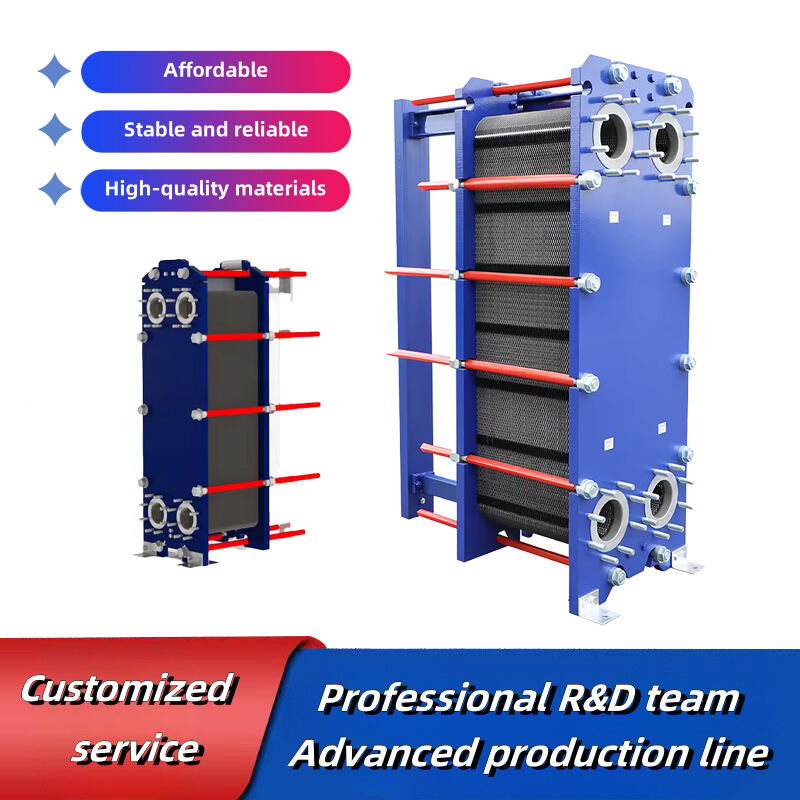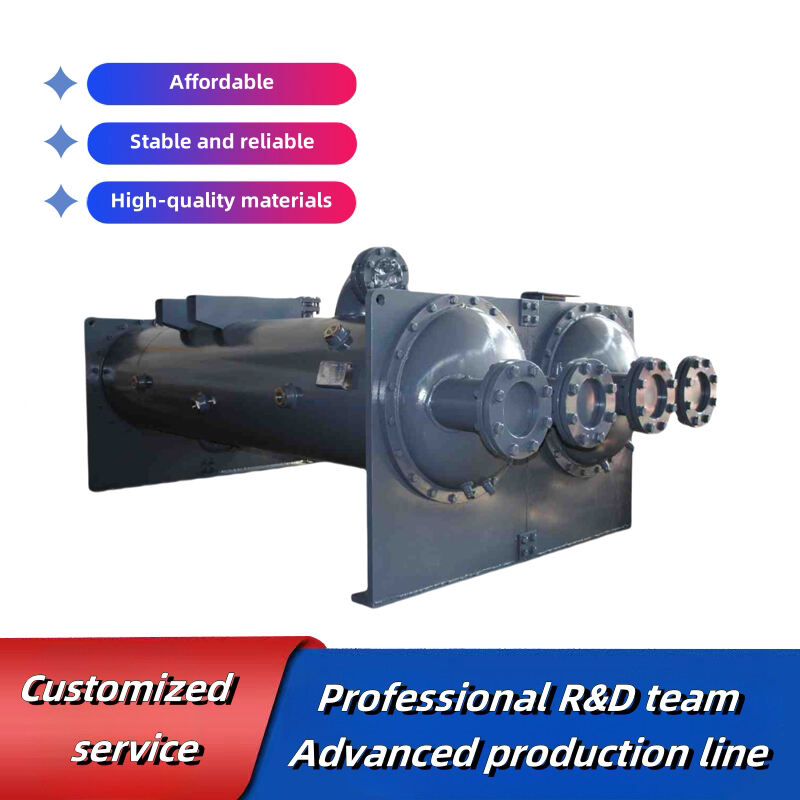There is no wasted heat in a gas to gas heat exchanger, which I think most people would agree that results from employing some pretty clever engineering. There are numerous advantages to this process, which damage it as an excellent method for your home or business heating needs:
Heating efficiently: Gas to gas heat exchangers are extremely efficient - they can transfer up to 90% of the generated heat exactly where you need it. This exceptional efficiency would obviously translate to huge savings in your energy bills and also lower the damage it causes on our environment.
Safety Superior: There is never any combustion involved with a gas to gas heat exchanger-unlike the traditional heating systems. This design feature reduces the chance of toxic emissions and fires which in turn is a safer way to heat your space.
Simple Maintenance: The gas to gas heat exchangers are naturally designed for easy maintenance. These are incredibly reliable, have no moving parts and a simple design for virtually zero servicing. This means no headache for you and more time to relax by the cozy fire of your house or looking after people in an office.
Gas-to-Gas heat exchangers are the best option for economical and safe means to transfer heat. These units are equipped with state-of-the-art materials as well as coatings that will ensure a more reliable and efficient performance in the long run, which saves you money. Furthermore, microchannel technology enhances the heat transfer surface area and therefore its capacity while also reducing size and weight of the heat exchanger.
Gas to Gas Heat Exchanger is just a walk in the park. Just hook it to your heater and let the waste exhaust gas do its thing heating up fresh air. Please, Meticulously follow the provided mounting instructions to safeguard a effective run of this tool.
Choose a gas to gas Heat exchanger by preference for its quality and durability. Choose a product that is built to last and has been battle tested!! Regular maintenance and service is imperative for extending the overall life of your heat exchanger, preventing damage or wear over time with helpful tips to retain its safe and efficient running status.
Gas to gas heat exchangers have applications spanning from residential and commercial heating all the way through industrial processes and power generation. Salt-based systems tend to cater well for high temperature conditions or space where a flame is not such an economic solution.
A gas to gas heat exchanger is a machine that transfers heat from one gas to another, such as from exhaust gases to incoming air. Here are some of the advantages of using a gas to gas heat exchanger:
1. Energy efficiency - Gas to gas heat exchangers can be up to 90% efficient, meaning that almost all of the heat generated is transferred to the space being heated. This efficiency can translate into lower energy bills and reduced environmental impact.
2. Safe operation - Unlike combustion-based heating systems, a gas to gas heat exchanger does not directly burn fuel. This means that there is no risk of toxic emissions or fires caused by combustion.
3. Low maintenance - Gas to gas heat exchangers are designed to be low maintenance, with no moving parts and simple design.

Gas to gas heat exchangers are an innovative solution to the problem of efficient and safe heat transfer. While there are other types of heat exchangers, such as air to air or liquid to liquid, gas to gas heat exchangers offer several advantages over these systems.
One of the biggest innovations in gas to gas heat exchangers is the use of advanced materials and coatings to improve heat transfer efficiency. These materials can help to reduce the energy needed to operate the heat exchanger, saving money in the long run.
Another innovation in gas to gas heat exchangers is the use of microchannel technology. This technology uses thin channels to increase the surface area for heat transfer, improving efficiency and reducing the size and weight of the heat exchanger.

Gas to gas heat exchangers are designed with safety in mind. They do not produce flames or emissions, reducing the risk of fires and harmful pollutants. However, it's important to follow proper installation and maintenance procedures to ensure safe and effective operation.
To use a gas to gas heat exchanger, simply connect it to your heating system and allow it to transfer the heat from the exhaust gases to the incoming air. You may need to adjust the temperature settings based on your heating needs.

When choosing a gas to gas heat exchanger, it's important to select a high-quality product that will provide reliable heat transfer for years to come. Look for heat made exchangers from durable materials and have a proven track record of performance.
In addition, proper maintenance and service can help to extend the life of your gas to gas heat exchanger. Regular inspections, cleaning, and repair can prevent problems and ensure safe and efficient operation.
We more than 20 years working in field and have accumulated vast knowledge technology. Our team gas to gas heat exchanger are adept at keeping up with latest technological advancements and trends. We offer precise and efficient solutions that ensure our products are in line with the highest standards.
We employ most advanced manufacturing {keyword}} equipment, to ensure excellence at every stage. products are developed to exceed highest standards in endurance, reliability performance.
We appreciate close co-operation with customers and provide a wide range of services. Our team experts will walk through every step starting from needs gas to gas heat exchanger through design of a solution support after sales in order maximize value each customer.
We are committed in continual innovation, gas to gas heat exchanger and development increasing the efficiency of our products and overall customer experience. Our R and D department is the forefront of industry innovations, creating breakthrough technologies and products that meet the changing needs of customers in the advancement of industry.
Gas to gas heat exchangers can be used in a variety of applications, including residential and commercial heating, industrial processes, and power generation. They are particularly well suited to high-temperature environments or where combustion is not desirable.